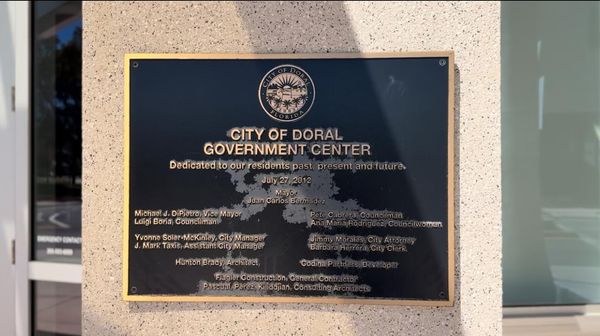
While it’s more than half a century since Rome served as Hollywood on the Tiber, back in the mid-1900s as a twenty-something friend might say, a time when international stars, directors and European nobility mixed and mingled on the Via Veneto, escaped on yachts to Capri or Ischia when the temperatures soared, draped themselves in alta moda and fabulous jewels, and gave a sophisticated and glittering new sheen to post-war concepts of living very, very well.

At the center of all the glamorous action in the Eternal City was the house of Bulgari, the legendary jeweler that pays homage to this dazzling era with Paparazzi-Lights, Camera, Action! (ongoing through March 15), in the company’s new museum space, DomvsAvrea at the Via Condotti flagship. Paparazzi might not be a group you’d expect to be the focus of an haute joaillerie exhibit (although their work is being given new prominence, for example, in Paris there’s the Daniel Angeli. Paparazzi de A à Z show running through late February at Grande Arche de la Défense), but as Bulgari pointed out in a release, paparazzi ushered in a new kind of photojournalism; they also provided a compelling visual record of the major players of the time, whether they liked it (most often they didn’t) or not. Anita Ekberg, a star of Fellini’s La Dolce Vita, a film whose title became synonymous with the hedonistic vibe of the period and gave the enduring moniker, paparazzi, to the relentless photographers themselves, was so fed up with their pursuit she took matters—literally— into her own hands. One magazine photo reveals the star steadying her aim at one of the paps with a bow and arrow. (The arrows are included among the exhibition artifacts.)

The real stars of Paparazzi are, not surprisingly, the Bulgari jewels that the celebrity names of the day collected and wore, seemingly everywhere—to parties, on set, to award ceremonies. There’s the knock-out 85-karat Colombian emerald necklace owned by Elizabeth Taylor, an engagement and wedding gift from Richard Burton, who famously remarked that his great love knew only one word in Italian, and that was “Bulgari.” Taylor wore the necklace when she received her Academy Award for “Who’s Afraid of Virginia Woolf?” Anita Ekberg’s sapphires and Anna Magnani’s diamonds are among the other major pieces to see.

An assortment of paparazzi memorabilia is included in the show, organized by Lucia Boscaini, Bulgari’s Brand Curator, like the camera Marcello Geppetti used to photograph Taylor and Burton smooching on a yacht off Ischia, a famous image that confirmed their burgeoning relationship to the world. Photos taken by Tazio Secchiaroli, the photographer Fellini is said to have used as inspiration for the character Paparazzo in La Dolce Vita, and by Rino Barillari, dubbed the king of the paparazzi by Fellini, are also on display. One of the most intriguing items is a suitcase labeled “La Valigia Romana”(Roman suitacase), found by chance at the Porta Portese market decades ago by photographer Marcello Mencarini. Inside was a time-capsule-like trove of items documenting Rome’s post-war heyday—magazines, film negatives, and photos of celebrities, artists and politicians. The contents of the suitcase, whose owner has never been discovered, are being shown for the first time in Italy.

DomvsAvrea, the on-site museum hosting Paparazzi that the company debuted in July, was formerly the flagship’s Sala degli Argenti containing the family’s antique silverware collection in homage to company founder, Sotirio Bulgari, who was a silversmith. Open every day to all (and free), DomvsAvrea is dedicated to showcasing seminal pieces reflecting the history of the brand, with thematic exhibitions.







